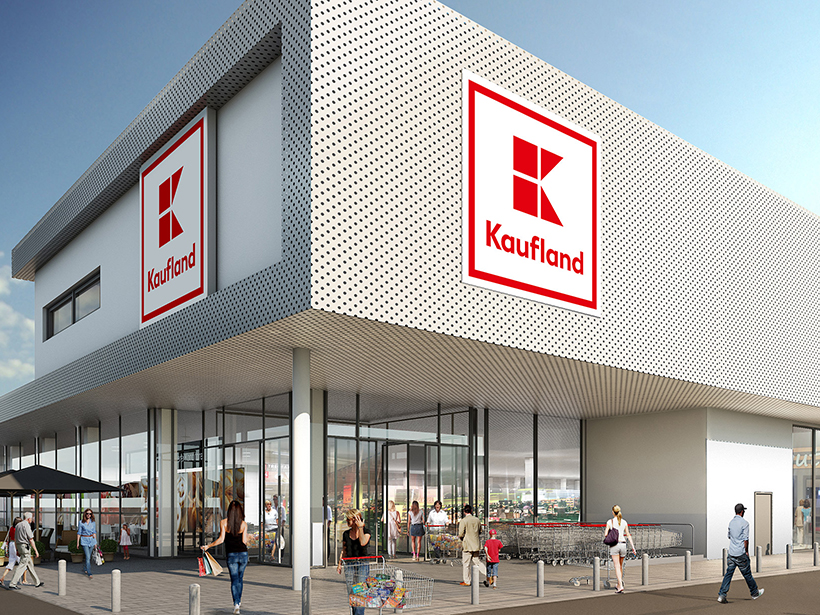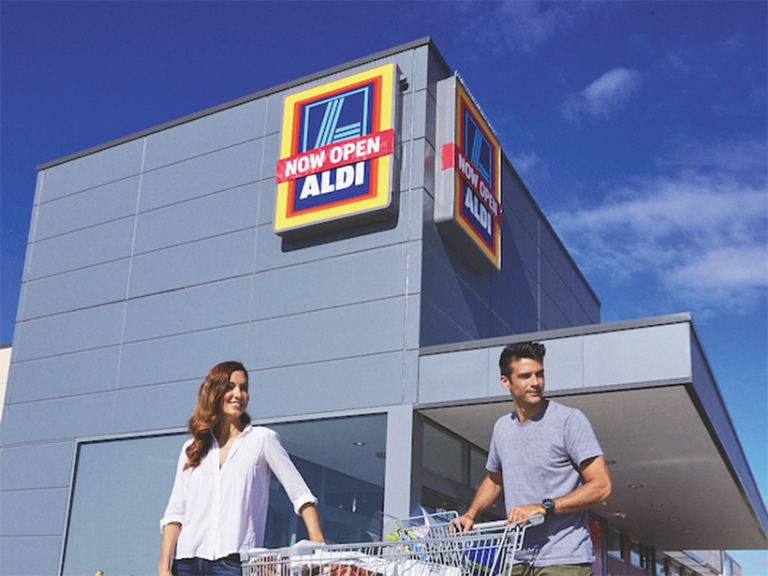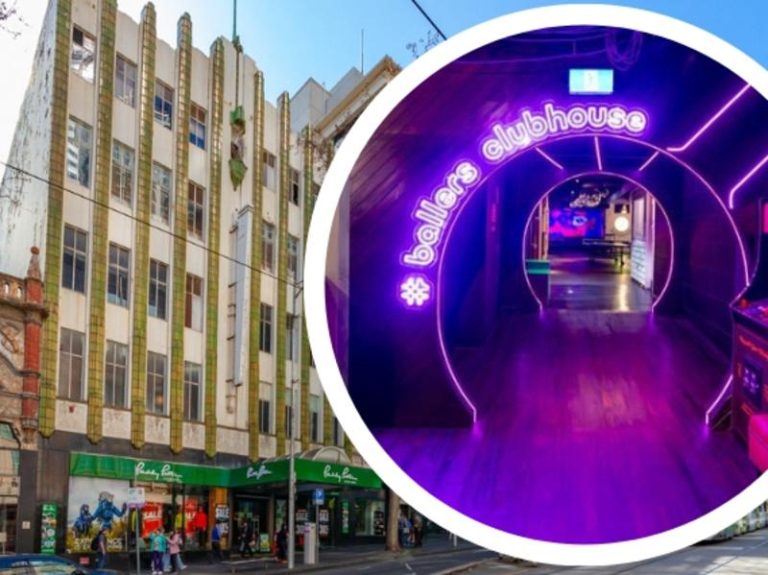Kaufland: Why German giant is good news for you

Supermarket giant Kaufland is coming to Australia, pouring more fuel on an already red hot local supermarket scene.
The latest foreign supermarket seeking to enter Australia’s retail market, after the success of Costco and sister brand Aldi, the German brand has been actively seeking potential sites on which to build its first stores locally.
And REA Group chief economist says Australia’s other supermarket chains will be shaking in their boots at the prospect of going head to head with one of Europe’s most imposing retail Goliaths.
Commercial Insights: Subscribe to receive the latest news and updates
Kaufland is not your traditional supermarket, with its huge store footprints dwarfing Australia’s typical supermarket sizes.
Kaufland’s Australian website says the retail giant is seeking plots of land of at least 10,000sqm, and preferably 15,000sqm to 20,000sqm, which would give it enough space for a store the size of a Bunnings or former Masters outlet, as well as hundreds of car parks.
In Europe, Kaufland is more like a Kmart or Big W than a supermarket, with its stores offering up to 60,000 products – about 48 times more than an Aldi – including larger items not usually stocked in Australian supermarkets.

Aldi supermarkets continue to prove popular with Australian shoppers.
Just this week in Germany, Kaufland’s specials included a fold-up trundle bed.
Conisbee says that Kaufland’s entry into Australia will be a boon for shoppers, with competition driving even more choice and lower prices, and also for shopping centre landlords, whose lettable space will be even more in-demand.
But the news is hardly positive for Australia’s current crop of supermarket chains and big box retail stores, she warns, with the latest foreign invader posing a potentially greater threat than Aldi.
“The entry of Kaufland is good news for consumers and for shopping centre owners, giving both more choice,” Conisbee says.
“For shopping centre owners the entrance of Aldi meant that they were no longer so reliant on having one of the major chains in their centres. With Kaufland, shopping centre owners will have a backfill option should there be any store closures.”
Kaufland is different to Aldi in that it is a larger format and offers a far wider range of food and non-food goods
“But for Australian supermarket and discount department store owners, conditions are going to get far more competitive.”
The rise of Aldi provides a telling guide to the potential demand for other supermarket offerings in Australia, Conisbee says.
“For consumers, the entry of Aldi led to a significant shake up to the dominant supermarket chains – Coles and Woolworths. Offering lower prices but far less choice, Aldi is now estimated to have a 12.5% share of the Australian market.”
Conisbee says the differences between Kaufland and other retailers are immediately apparent, with far more variety making it almost a one-stop destination for shoppers.
“Kaufland is different to Aldi in that it is a larger format and offers a far wider range of food and non-food goods,” she says.
“For this reason, many consider that it may also impact discount department store retailers such as Kmart, Big W and Target. Given the performance of these retailers, particularly Target and Big W, in recent years, this is again good news for shopping centre owners.”
The news comes after Aldi in February revealed major expansion plans for a host of new stores in South Australia and Western Australia.







